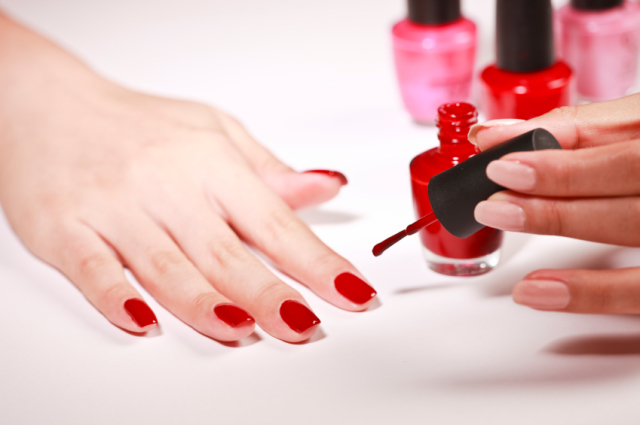Nail polish originated in China and dates back to 3000 BC. Around 600 BC, during the Zhou dynasty, the royal house preferred the colors gold and silver. However, red and black eventually replaced these metallic colors as royal favorites. During the Ming dynasty, nail polish was often made from a mixture that included beeswax, egg whites, gelatin, vegetable dyes, and gum arabic. In Egypt, the lower classes wore pale colors, whereas high society painted their nails reddish brown, with henna.
Colored nail polish did not make an appearance until the 1920s. Early nail polish formulas were created using basic ingredients such as lavender oil, carmine, oxide tin, and bergamot oil. It was more common to polish nails with tinted powders and creams, finishing off by buffing the nail until left shiny.
Traditionally, nail polish started in clear, white, red, pink, purple, and black. Nail polish can be found in a diverse variety of colors and shades. Nail polish has also developed an array of other designs. Some polish is advertised to induce nail growth, make nails stronger, prevent nails from breaking, cracking, or splitting, and even to stop nail biting.

